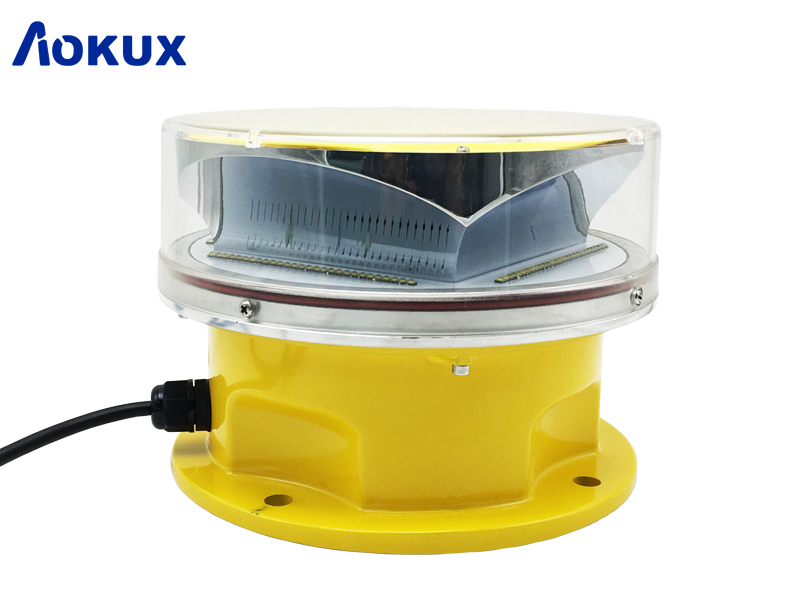
As we continue to expand our urban landscape with taller and taller buildings, the need for reliable aviation lamps for tower safety becomes increasingly important. These lights are specifically designed to alert pilots of the presence of tall structures, such as communication towers, power lines, and skyscrapers, to prevent accidents and ensure safe air travel.
Aviation lamps are typically installed on the top of towers and other tall structures, emitting a steady or flashing light that can be seen from a distance. Depending on the height and location of the structure, different types of lights may be required to meet national and international aviation regulations. For example, red lights are commonly used for nighttime visibility, while white lights are often used during the day.
The use of aviation lamps has been mandated by the International Civil Aviation Organization (ICAO) since 1948. In the United States, the Federal Aviation Administration (FAA) is responsible for regulating these lights and ensuring that they are properly maintained and functioning. This includes regular inspections and replacing faulty bulbs or other components as needed.

Aside from their regulatory requirements, aviation lamps serve an essential role in preventing accidents and protecting the public. By alerting pilots of their presence, these lights help avoid collisions with structures that could cause catastrophic damage to both aircraft and property. They also play a critical role for emergency responders who rely on these lights for navigation during rescue missions.
Overall, aviation lamps for tower safety are a vital component of modern infrastructure. As our cities continue to grow and expand vertically, it is essential that we prioritize the proper installation and maintenance of these lights to ensure the continued safety of air travel.
 Previous:
Solar Aviation Lights from Aokux
Previous:
Solar Aviation Lights from Aokux